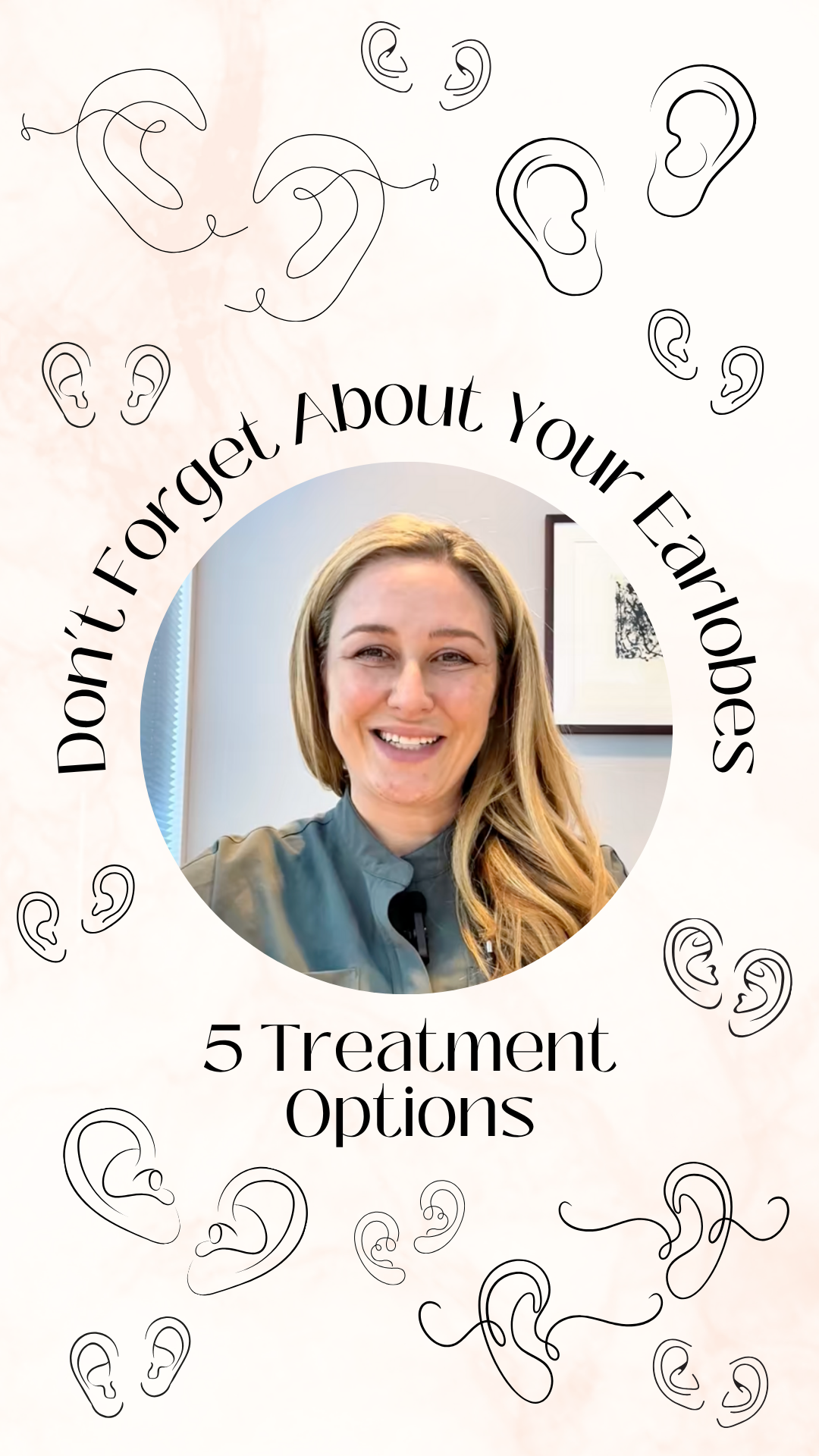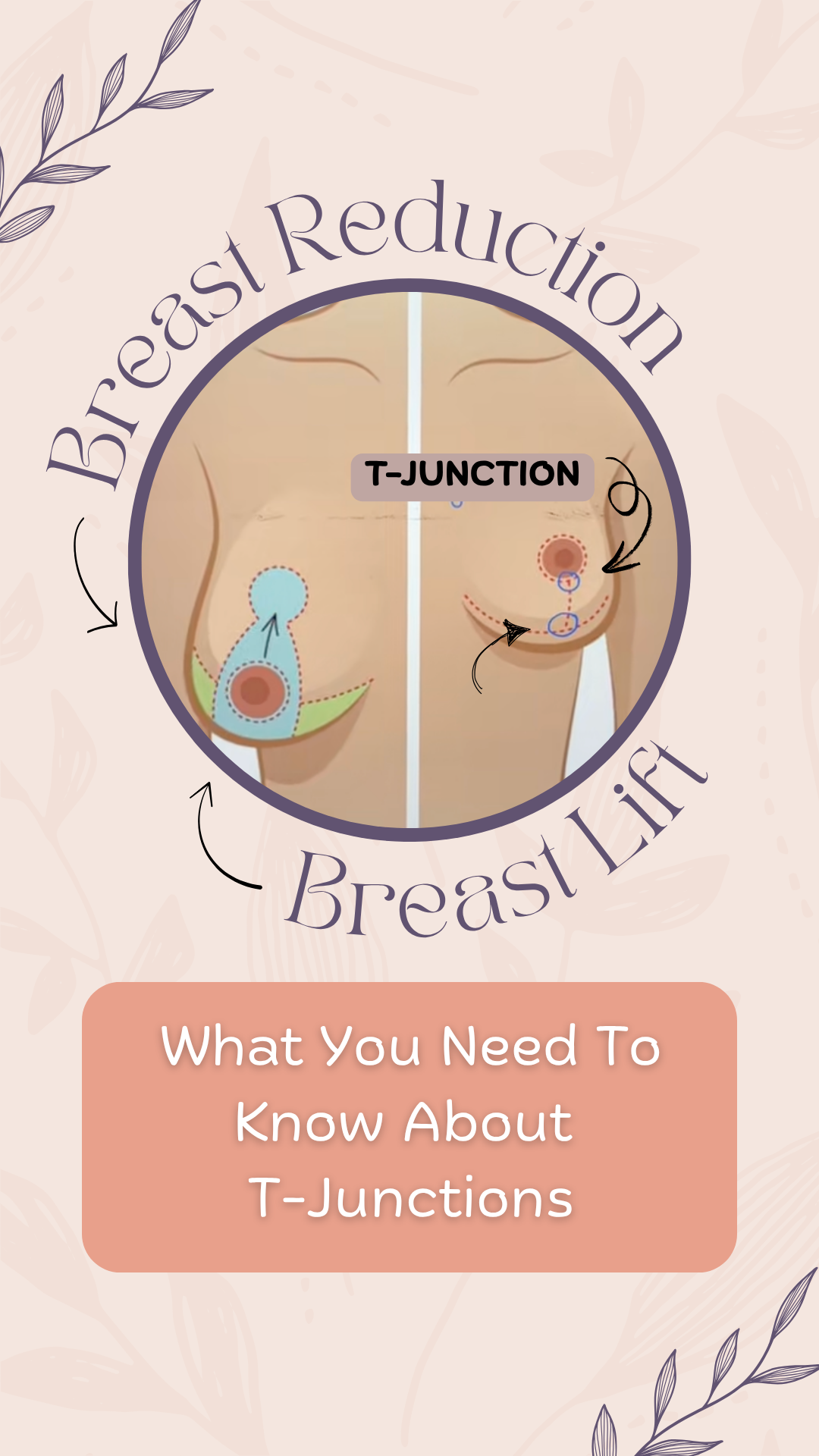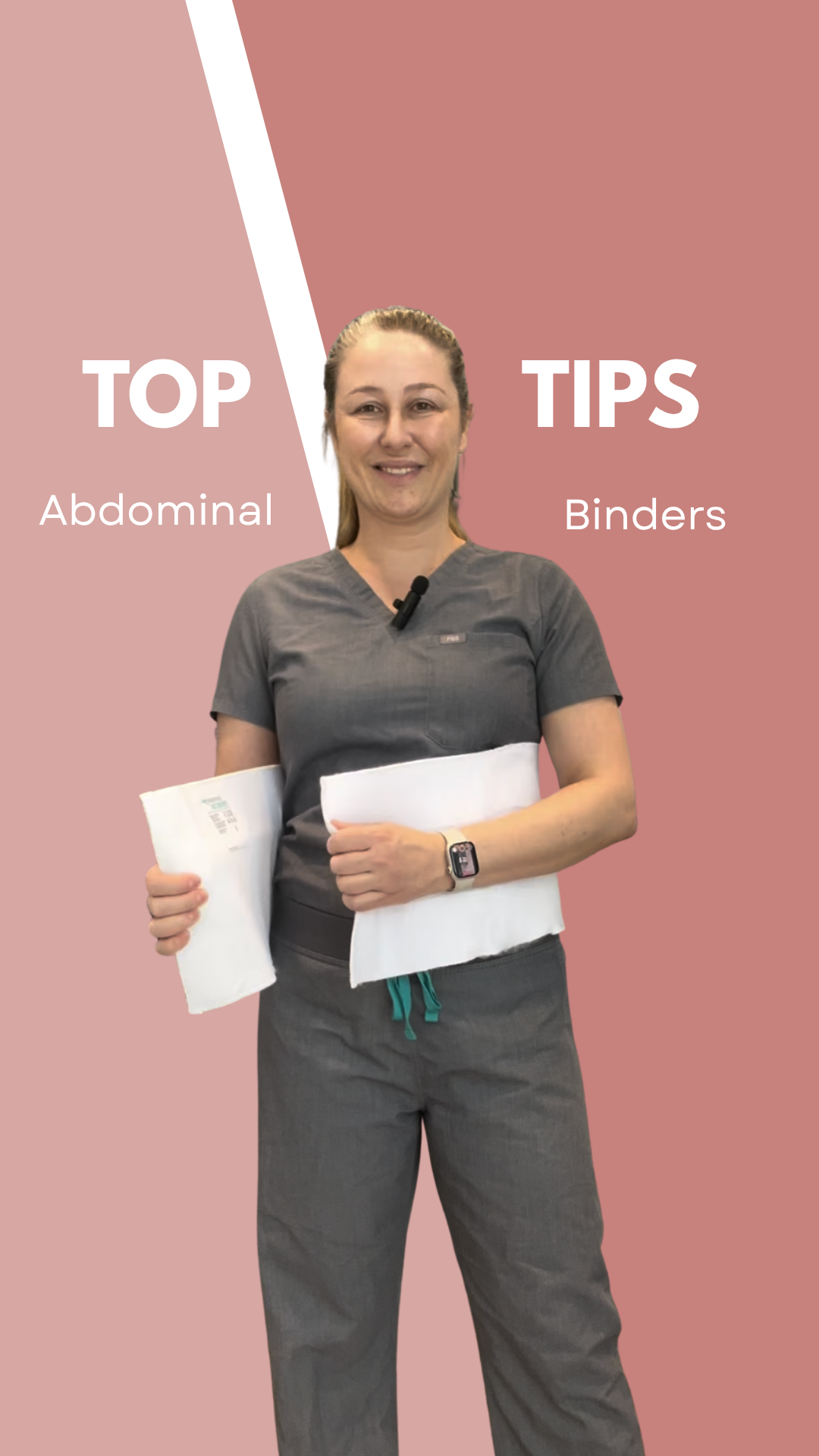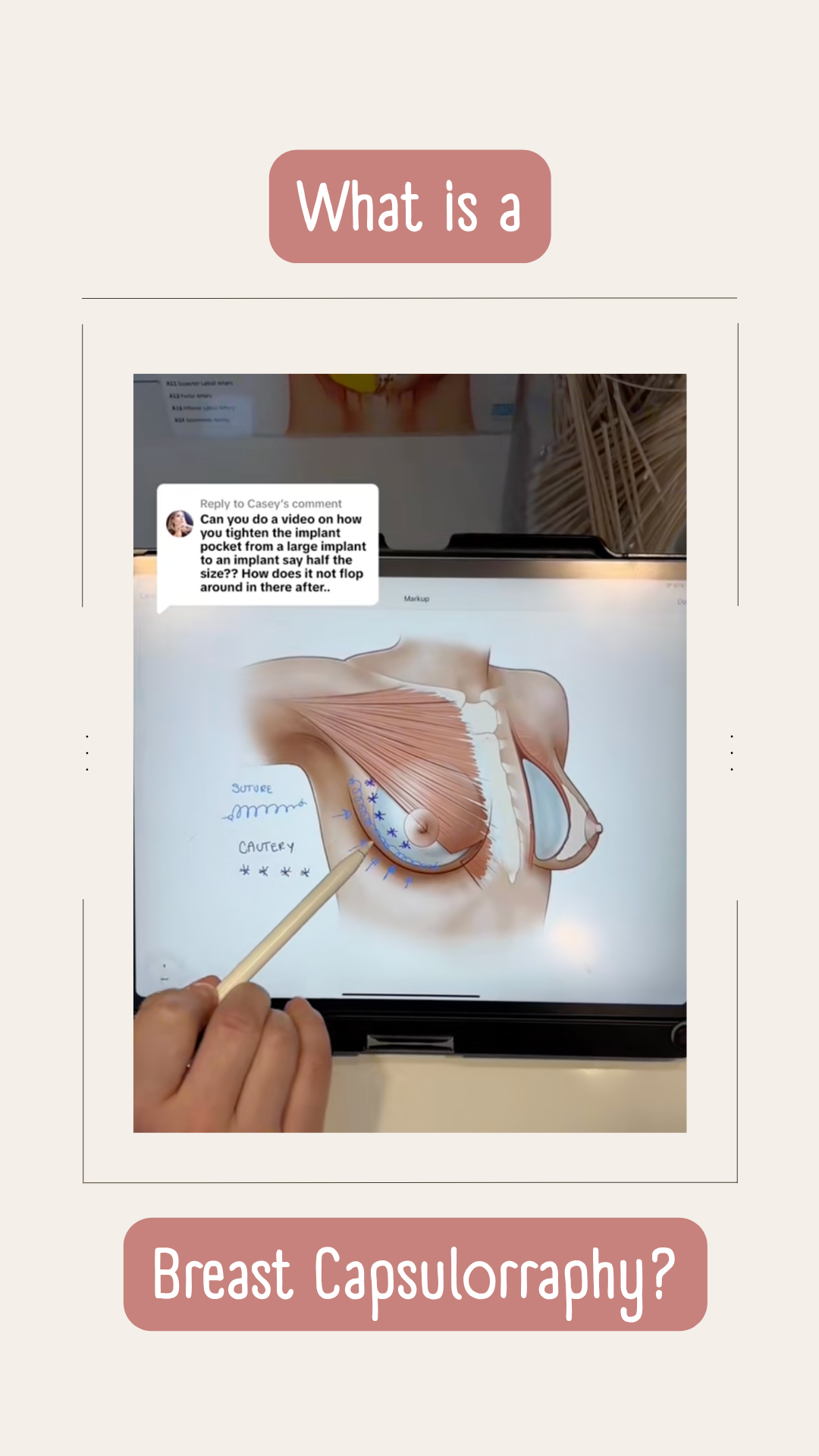Rhinoplasty (Nose)
Rhinoplasty, often referred to as a “nose job,” is a surgical procedure that reshapes or refines the nose to improve its appearance, enhance facial harmony, or correct breathing issues. Whether addressing cosmetic concerns, injury-related deformities, or functional obstructions, rhinoplasty is a highly individualized surgery tailored to your goals and anatomy.


Rhinoplasty, often referred to as a “nose job,” is a surgical procedure performed to change the shape, size, or proportions of the nose. It may be performed for aesthetic enhancement, functional correction (such as improving airflow through the nasal passages), or both. Depending on your unique features and goals, the surgery can involve reshaping the nasal bridge, refining the tip, narrowing the nostrils, correcting asymmetry, or repairing internal structures.
What you need to know
Every procedure and treatment we offer is thoughtfully designed to meet your unique goals, lifestyle, and anatomy. Below, you’ll find key details about what to expect—from how the procedure works to recovery guidance and ideal candidacy—so you can feel informed, confident, and empowered at every step of your journey.
Surgical Time: 2 to 4 hours
Anesthesia: General anesthesia or deep IV sedation
Incisions: Open (small incision under the nasal base) or closed (internal incisions)
Setting: Outpatient surgical facility
Visible Scars: Minimal to none; typically well-concealed
Goals: Improve nasal proportion, symmetry, profile, breathing, and self-confidence
Enhances overall facial balance and harmony
Refines nasal profile, tip, or nostrils
Improves breathing function in cases of deviated septum or internal collapse
Corrects congenital deformities or injuries
Boosts self-esteem and body confidence
Provides long-lasting, natural-looking results
You may be a good candidate for rhinoplasty if you:
- Are in good general health with realistic expectations
- Feel self-conscious about the size, shape, or symmetry of your nose
- Experience breathing difficulties due to nasal structure
- Are at least 16–18 years old and have a fully developed nose
- Are not currently smoking or are willing to quit before and after surgery
- Are mentally and emotionally prepared for the healing and transformation process

An overview of the procedure

"Dr. Aime is an absolute gem! What sets Dr. Aime apart is her dedication to helping you look your natural self. She's not just a fantastic doctor but has become a cherished friend for life. I can't recommend her enough!"
“I recently underwent a submentoplasty procedure performed by the incredibly talented plastic surgeon, Dr Aimé. My decision to have submentoplasty was not taken lightly and Dr Aimé made sure to thoroughly explain the entire procedure to me during our consultation.”
Frequently Asked Questions
We’ve gathered answers to some of the most common questions our patients ask about this procedure. Whether you’re just starting your research or preparing for surgery, this section is here to help you feel informed and confident every step of the way.
Open rhinoplasty involves a small incision across the columella (the skin between the nostrils), allowing Dr. Aimé full visibility and access to nasal structures. This approach offers greater precision, especially for complex reshaping or revision cases. Closed rhinoplasty uses only internal incisions and may be suitable for minor refinements, but it provides limited visibility.
In open rhinoplasty, a small scar may be visible on the columella, but it typically fades over time and is barely noticeable. Dr. Aimé uses meticulous suturing techniques to ensure scars heal with minimal visibility.
Most swelling resolves within the first 3–4 weeks, and you’ll see noticeable improvements within the first few months. However, subtle refinements—especially in the nasal tip—may take up to 12-24 months to fully settle.
Yes. Functional rhinoplasty can correct structural issues such as a deviated septum, internal valve collapse, or enlarged turbinates—conditions that may contribute to nasal obstruction or difficulty breathing.
Rhinoplasty is generally performed once nasal growth is complete—usually after age 16–17 for girls and 17–18 for boys. Many patients elect to get a rhinoplasty in their 20's, 30's, 40's, 50's and 60's and often have thought about getting the procedure for many years prior to having it done. There is no upper age limit as long as you are in good health and a suitable candidate for surgery.
Most patients report mild to moderate discomfort that is well controlled with prescribed medication, swelling management and cool compresses. The nose may feel stuffy, tender, or tight in the first few days, but severe pain is uncommon.
Yes. Rhinoplasty is often combined with procedures like chin augmentation, facial fat grafting, or eyelid surgery to improve overall facial harmony. Dr. Aimé can help you determine if combination surgery is appropriate for your goals.
Ready to start your transformation?
Whether you’re just beginning to explore your options or have specific goals in mind, we’re here to guide you with expertise and compassion.

Read more articles

Face Lift & Neck Lift
A facelift and neck lift are powerful cosmetic procedures designed to restore a more youthful, refreshed appearance by tightening sagging skin, redefining the jawline, and smoothing the neck. These procedures target visible signs of aging in the lower face and neck, offering long-lasting, natural-looking results.

Otoplasty (Ear Pinning)
Otoplasty, also known as ear pinning or ear reshaping surgery, is a cosmetic procedure that adjusts the position, shape, or proportion of the ears to create a more natural and balanced appearance.

Neck Liposuction
Neck liposuction removes excess fat beneath the chin and along the lower face to enhance jawline definition and improve the overall contour of the neck.

Fat Grafting to Face
Restore youthful volume and contour with facial fat grafting—a natural, long-lasting solution that uses your own fat to rejuvenate the face.














